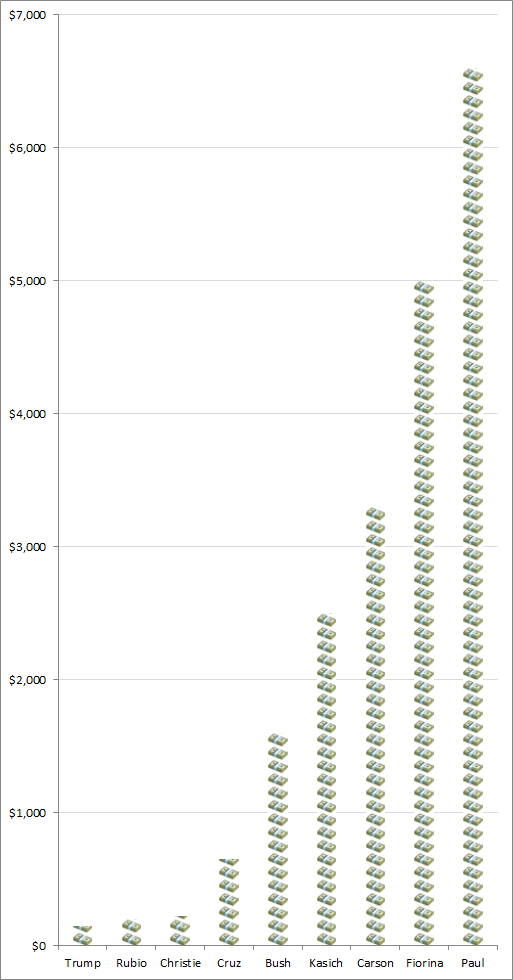Now that it’s finally 2016, we can start to take the U.S. presidential primaries seriously. Or rather, we should be able to do so by now, but for the mainstream media circus erecting its big tent around a comically careening clown car driven by a celebrity billionaire insult comic, packed with assorted other policy lightweights, for the most part. I refer to the GOP nomination process, of course.
In the face of frightful chaos, we turn to various efforts at forecasting probable outcomes. There was an excellent article in The Economist earlier this month, detailing the untimely death and recent resurrection of political betting in America:
During the 2004 presidential campaign an Irish sports-betting site called Intrade started taking bets without the low limits of the IEM. Even though credit-card companies in America would not process deposits to the site, punters flocked to it. A whopping $230m was wagered on the 2012 election—an even greater sum in constant dollars than on the Hughes-Wilson contest of 1916. And like its predecessors, Intrade was deadly accurate. Its markets correctly predicted the results of 47 of the 50 states in the election of 2008, and 49 of 50 in 2012.
Bearing in mind that political betting markets tend to vary wildly at first and converge upon a solution towards election day, now is a fine time to check in with the professional bookmakers at OddsChecker to see where the candidates stand relative to one another prior to any actual votes being cast in the New Hampshire primary. The following table shows the relative payoffs on a $100 wager, placed today:
|
Trump |
$ 150 |
|
Rubio |
$ 200 |
|
Christie |
$ 225 |
|
Cruz |
$ 650 |
|
Bush |
$ 1,600 |
|
Kasich |
$ 2,500 |
|
Carson |
$ 3,300 |
|
Fiorina |
$ 5,000 |
|
Paul |
$ 6,600 |
Here is what that looks like in chart form:

Worried yet?
